Trevi Fountain
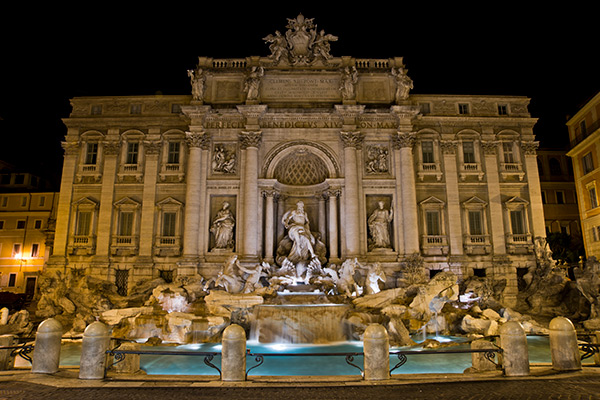
It is certainly one of the most famous fountains in the world, immortalized in the photos of anyone who has visited the city, protagonist of one of the most famous scenes of cinema in “La Dolce Vita”: the Trevi Fountain is one of the symbols of Rome.
The fountain is the exhibition of the Aqua Vergine, the aqueduct that Marco Vipsanio Agrippa brought to Rome in 19 BC to feed its thermal baths. This Vergine aqueduct is the only one of the eleven main ones of ancient Rome that have remained uninterrupted in operation up to the present day, feeding the monumental fountains of the city.
To date, the Trevi Fountain entirely covers the smaller side of Palazzo Poli with a width of 20 meters and a height of 26 meters.
Find out more about Rome:
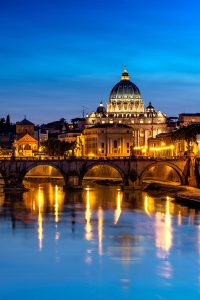
St. Peter's Basilica in the Vatican
Inside the Vatican City, stands the St. Peter's Basilica, the largest church in the world, with a total area of 23 thousand
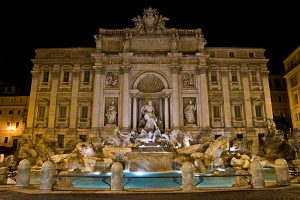
Trevi Fountain
It is certainly one of the most famous fountains in the world, immortalized in the photos of anyone who has visited the city, protagonist of one of the most famous scenes of cinema in “La Dolce Vita”: the Trevi Fountain is one of the symbols of Rome.
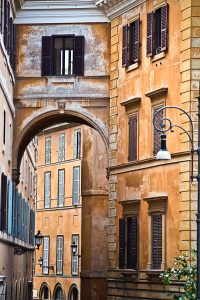
Trastevere district
When you come to Rome to admire the countless wonders, it is highly recommended that you take the time to visit the Trastevere district, one of the most evocative and authentic.

Castel Sant’Angelo
Located on the banks of the Tiber River and just a few steps from the Vatican, Castel Sant’Angelo, also known as the Mausoleum of Hadrian, is one of Rome’s most famous monuments.
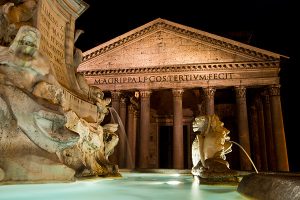
Pantheon
Pantheon Il Pantheon, tempio di tutti gli dei, venne eretto nel primo secolo a.C. dal generale romano Marco Agrippa, il cui nome è riportato nell’iscrizione “Marcus Agrippa, Lucii filius, consul

